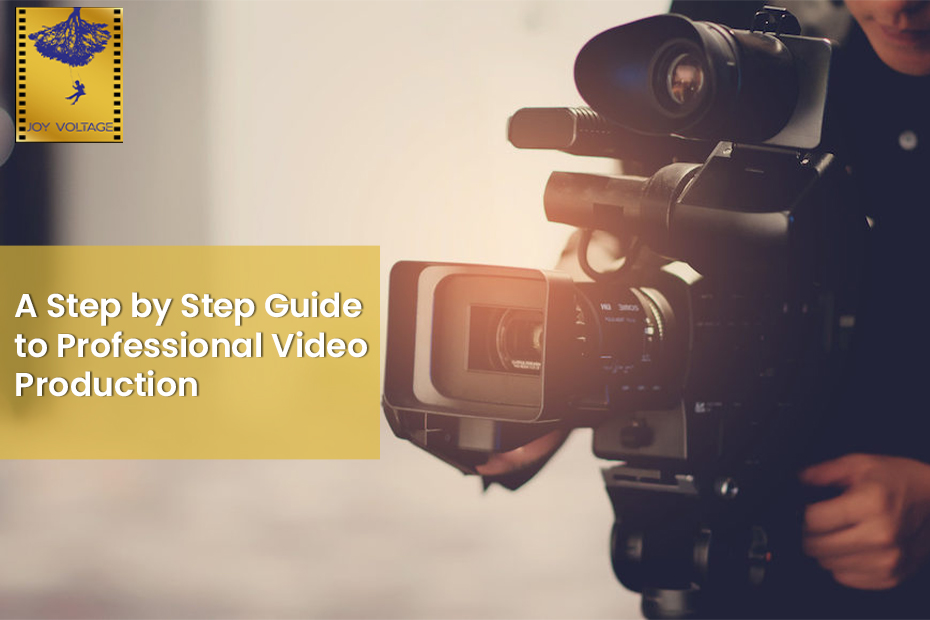Professional video production can be an essential component of any business’s marketing strategy. It allows companies to showcase their products, services, and brand identity through engaging visual storytelling. However, creating a professional-quality video can seem daunting, especially for those new to the process. That’s why having a step-by-step guide to Professional video production can be incredibly useful. By breaking down the process into manageable steps, businesses can produce high-quality video that effectively conveys their message to their target audience. In this guide, we will take a comprehensive look at the key steps involved in professional video production, from pre-production to post-production, and provide tips and tricks along the way.
Pre-production
Pre-production is the planning and preparation phase of professional video production. It involves defining the project’s goals, target audience, message, and budget. The pre-production phase is crucial to the success of the final product, as it sets the foundation for the rest of the production process. During this phase, the script is written, storyboards are created, and location scouting is conducted. Other aspects of pre-production may include casting, equipment rental, and scheduling. A well-planned pre-production phase can save time and resources during production and post-production. It can also help to ensure that the final product aligns with the project’s goals and meets the desired outcome. By investing time and resources in pre-production, businesses can ensure that their video production runs smoothly and effectively communicates their message to their target audience.
Production
Production is the phase of professional video production where the actual filming takes place. This is where the pre-production planning comes to life, and the vision for the project is executed. Production involves capturing footage, audio, and visuals that effectively communicate the project’s message and convey the desired emotions to the audience. It also involves managing crew, talent, and equipment on set, ensuring everything runs smoothly and efficiently. During production, it is important to stay organized, communicate clearly, and remain flexible as unexpected challenges may arise. The footage captured during this phase will be used in post-production, where the final video will be edited and polished. By investing time and resources in the production phase, businesses can ensure that they have high-quality footage that effectively communicates their message and connects with their target audience.
Post Production
Post-production is the final phase of professional video production. This is where the raw footage captured during the production phase is edited, polished, and transformed into a finished video product. The footage is reviewed and assembled into a coherent story during post-production, and visual effects and sound design are added. The final video product may include voice-over, music, graphics, and other elements that help to reinforce the video’s message and branding. The post-production phase is where the project’s vision comes to fruition, and the desired emotions are effectively conveyed to the audience. This phase requires careful attention to detail, creative problem-solving, and technical expertise. By investing time and resources in post-production, businesses can ensure that their final video product is of the highest quality, effectively communicates their message, and meets their desired outcomes. A well-produced and polished video can help to establish a business’s brand identity, increase engagement, and ultimately drive conversions.
Conclusion
In conclusion, professional video production can be a powerful tool for businesses to effectively communicate their message, establish their brand identity, and drive conversions. It involves a comprehensive process that starts with pre-production planning, followed by production, and finally post-production. Each phase requires careful attention to detail, creative problem-solving, and technical expertise. A well-planned and executed professional video production project can produce a high-quality video product that effectively connects with the target audience, reinforces the brand identity, and achieves the desired outcomes. By investing in professional video production, businesses can showcase their products and services in a way that engages their target audience and sets them apart from the competition. With the help of a Professional video production Company and following the step-by-step guide outlined in this article, businesses can produce a professional video product that effectively communicates their message and achieves their desired outcomes.
